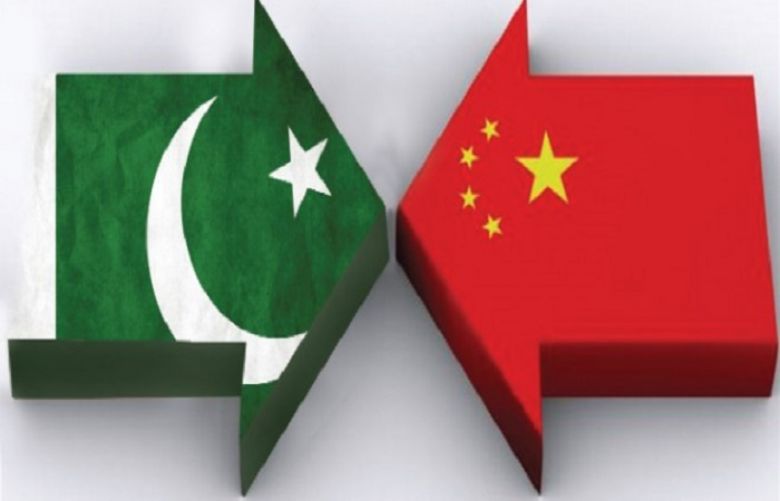Thanks to the net inflow of almost $600 million from China, foreign direct investment (FDI) in Pakistan surged 38.8% in 2015-16, according to statistics released by the State Bank of Pakistan(SBP).
Pakistan received FDI of $1,281.1 million in July-June, which is $358.2 million higher than FDI received in the preceding fiscal year.
With almost all countries that had traditionally invested in Pakistan now pulling out their investments, China has increased its FDI as part of the China-Pakistan Economic Corridor (CPEC).
Almost half of the total FDI that Pakistan received in the last fiscal year originated from China alone. FDI from China amounted to $593.9 million in 2015-16, which is up 131.3% from 2014-15 and constitutes 46.3% of the total FDI Pakistan received over the entire fiscal year.
Pakistan has faced low levels of foreign investment in recent years. The SBP has called an increase in FDI ‘imperative’ for the sustainability of the economy’s external sector.
FDI clocked up at $197.5 million in June, up 207.1% from the FDI received in the preceding month. The unusual jump in FDI in the last month of 2015-16 was on the back of an inflow of $138.5 million in the telecommunications sector.
SBP data does not name companies that have received foreign investment. But a separate Excel sheet reveals the same amount of investment in June originated from Norway, which is the home country of the parent company of Telenor Pakistan.
China was followed by Norway ($172.3 million), United Arab Emirates ($164.2 million), Hong Kong ($130.9 million) and Italy ($103.5 million) as the largest contributors to FDI in 2015-16.
Although the increase in FDI appears satisfactory in percentage terms, a closer look at statistics reveals the year-on-year growth remained “concentrated in cross-border mergers and acquisitions” for at least the first six months of the fiscal year. According to the SBP’s latest quarterly report, China has emerged as a dominant investor because of its interest in power projects.
Chinese companies have been interested in coal-based thermal generation, as it entails low unit cost compared to furnace oil and high-speed diesel, the SBP said. “Excluding power, FDI inflows into the country have declined,” it noted.
The largest increase in FDI in July-June was in the category of power, which attracted $566.6 million, up 158.4% from a year ago. Other sectors that attracted substantial FDI in 2015-16 were oil and gas exploration ($261.6 million), telecommunications ($210.4 million) and beverages ($65.9 million).
The United States has traditionally been a big source of FDI, but that trend is changing now. As opposed to making fresh investments in Pakistan, it is now pulling out its money instead. US investors have pulled out $65.5 million from Pakistan in 2015-16, although net inflows from the world’s largest economy amounted to $208.9 million in the preceding fiscal year.
In addition to the United States, other major outflows of FDI were from Saudi Arabian (-$102.2 million), Egyptian (-$45.6 million) and German (-$33 million) investors in July-June, SBP data shows.
The largest net outflow of FDI in 2015-16 was recorded in petro chemicals (-$136.1 million) followed by metal products (-$59.1 million).
Pakistan received FDI of $709.3 million in 2014-15, which was 58.2% less than the FDI received in the preceding fiscal year. Largest contributor to the FDI during 2014-15 was the United States ($238.7 million), followed by China ($229.5 million) and United Arab Emirates ($222.4 million).







